|
On May 9th, community leaders and Cobb Landmarks members gathered in Acworth to celebrate our 50th anniversary. Below are some photos from the event and a message from our Executive Director. A letter from our Executive Director:
Reflecting on the 50th anniversary of Cobb Landmarks has been bittersweet in many ways. It has given me an opportunity to read old issues of The Landmarker, to comb through photos of past Cobb Landmarks events and early Root House restoration photos, and to consider all the individuals who have contributed to Cobb Landmarks’ success - including those who are no longer with us. I’ve said before that Cobb Landmarks is about community, and I still believe it. Cobb Landmarks members are part of a community of people who believe in the power of storytelling, education, and the preservation of our built environment. Our mission is a noble one: to share the stories and preserve the places that form our community for the benefit of current and future generations. Our work provides the added benefit of helping people build relationships and make connections along the way. For many staff members, volunteers, and supporters, Cobb Landmarks is where they come to meet friends, socialize, make memories, and continue their lifelong journey of learning. The relationships built at Cobb Landmarks enrich our lives and make the spaces we operate, like the William Root House, much more significant than simple relics of the past. How wonderful it is to see students playing in the Root House garden, or to see a young couple recite their vows on the porch of the Manning Cabin! Of all of our accomplishments, building community is probably our most venerable. It’s been an honor to lead this organization the past ten years. I feel Cobb Landmarks is stronger, more active, and more vibrant than ever, and while it’s thanks in large part to the tireless work of our staff, volunteers, and supporters today, we would have no ground to build upon were it not for those who laid the foundation before us. We are indebted to them and to you. Thank you for your support! Sincerely, Trevor Beemon Executive Director, Cobb Landmarks & Historical Society, Inc.
0 Comments
Cobb Landmarks is embarking on a $750,000 capital expansion project. It will transform an abandoned 19th century Acworth home into a space for exhibits, events, lectures, research, a retail store, and executive offices. As we have grown, it has become increasingly clear that we must create a dedicated space for Cobb Landmarks to thrive. Our solution is the 50 FORWARD campaign - not just a brick and mortar campaign, but an investment which allows Cobb Landmarks to serve a growing community, share more diverse stories, and provide a space that fosters learning and engagement.
The City of Acworth has offered the historic McCray House to Cobb Landmarks. Cobb Landmarks plans to take ownership of the house and complete the renovation. In addition to providing Cobb Landmarks space for exhibits, events, lectures, research, a retail store, and executive offices, the McCray House also provides Cobb Landmarks an opportunity to breathe new life into a historic structure. This is a milestone project fit for our 50th anniversary and worthy of your support. We are excited to have the McCray House join the William Root House in Marietta and the Power Cabin in East Cobb as a property operated and maintained by Cobb Landmarks for the benefit of the community. Learn more and donate online at CobbLandmarks.com/50 Forward. Cobb Landmarks has engaged the University of West Georgia to perform dendrochronology (the study of tree rings) on logs at the Power-Jackson Cabin. Dating the tree rings (also called growth rings) to the year they were formed may help determine when the trees were cut down to construct the cabin. This is part of our ongoing effort to better understand and preserve the cabin.
The Trustees of Cobb Landmarks & Historical Society, Inc. would like to extend our thanks to Trevor Beemon on the outstanding leadership that he is giving our organization. Trevor has led us through a tremendous period of growth, and his continued leadership and vision are vital to Cobb Landmarks' ability to fulfill our mission. Thank you, Trevor, from a very appreciative Board of Trustees.
The Power-Jackson Cabin currently stands on private property on Post Oak Tritt Road in the eastern part of Cobb County. It is one of the last examples of a single-pen (one-room) log house remaining in Cobb County. The cabin was owned by William Power and was given to his daughter, Martha Jane, and her husband, Jeptha C. Jackson, between 1840 and 1850. Evidence suggests the cabin pre-dates the Cherokee Land Lottery, which could make it the oldest existing structure in Cobb County. Volunteer researchers are currently reviewing 1834 property claims in an attempt to identify the original owner.
In addition to possibly being the oldest structure remaining in Cobb County, the cabin is also a rare example of what is referred to as a rived log house. With rived logs, the logs are not hewn. Instead, the logs are split, leaving the rounded surface on the exterior and a smooth flat surface on the interior. This type of construction was used with large trees so that each tree produced two logs. It is a rare type of construction which makes the Power-Jackson Cabin truly unique. Today the cabin is threatened by both prolonged neglect and site development. Cobb Landmarks & Historical Society, Inc. (Cobb Landmarks) has for many years advocated for the long-term preservation of the cabin. Recent efforts have included meeting with Cobb County Commissioners, speaking at Cobb County Planning Commission Zoning Hearings, and helping arrange for acclaimed log cabin expert Vic Hood to evaluate the cabin. The purpose of Hood’s visit was to determine if the cabin could be saved and the scope of work a restoration project might entail. Hood determined the cabin is still salvageable, but that time is running out. Cobb Landmarks has recently been in conversation with the cabin owner, Cobb County, and the Cobb County Historic Preservation Planner about relocating the cabin to Hyde Farm Park. The park is located roughly six miles away from the current location of the cabin. Hyde Farm presents a wonderful opportunity for a number of reasons, including the presence of two additional Power family cabins. Hyde Farm was originally settled by James Cooper Power during the 1830s. His cabin still stands, though it is now concealed inside the Hyde farmhouse, which was constructed around the cabin during the 1920s. Hyde Farm is owned by Cobb County. The historic structures on the site have been meticulously restored using Special Purpose Local Option Sales Tax (SPLOST) funds and the property is open to the public as a passive park. Adjacent to Hyde Farm is another historic property with a Power family cabin. This property includes a cabin believed to have been built by George Abner Power about 1843. Power family descendants owned the property until 1996, when it was conveyed to the Trust for Public Land. The cabin and 2.5 acres of land were donated to Cobb Landmarks in 1999. Cobb Landmarks maintains the cabin and organizes tours of the property. Having the Power-Jackson Cabin join her sibling cabins at Hyde Farm creates a unique opportunity for the public to view three pioneer log cabins that, at one time, all belonged to members of the same family. Finally, and perhaps most importantly, Cobb County PARKS has had discussions with the district commissioner to possibly use Hyde Farm 2016 SPLOST funding to restore the cabin, with Board of Commissioners approval. Commissioner Jerica Richardson believes this to be a worthwhile investment to the community. With approval of restoration, Cobb PARKS would be responsible for maintaining the cabin in perpetuity. Private funds must be raised to pay for the disassembly, tagging, and relocation of the logs, but once the cabin is transferred to Cobb County PARKS, SPLOST funds could be used to reconstruct and restore the cabin. The cost to relocate the cabin is roughly $65,000 and the cost to restore the cabin is roughly $300,000. This partnership between Cobb Landmarks and Cobb County PARKS represents a meaningful and significant investment in the preservation of local history and offers a path for the rescue and protection of the Power-Jackson Cabin. Learn more and make a donation here. Bridger Properties has a mixed-use development planned for a site adjacent to the William Root House, Marietta Square Market, and Marietta Station. The plan has elicited many opinions. Cobb Landmarks staff, with the blessing of the Co-Chairs of the Board of Trustees, would like to share our understanding of the process to date, as well as our concerns moving forward. The first design proposed by Bridger was denied Spring 2023 by the Historic Board and City Council for failing to comply with Historic Board of Review guidelines. Bridger was then prompted to release a public survey asking for input from the community for a new design.
If City Council were to reject the proposed plan, Cobb Landmarks understands that the only means of appeal for Bridger would be legal action. Should litigation ensue, Cobb Landmarks is concerned that if Bridger prevailed, they would no longer utilize any of the historical elements currently proposed and could instead construct a development which is not sympathetic with the surrounding historic area. In conclusion, Cobb Landmarks staff worked closely with Bridger representatives and their architect throughout the redesign of this project. We valued the opportunity to meet and consult with them and appreciate their sincere effort to please the community. In our experience, Bridger has been more than accommodating as they have attempted to create a design that meets historic guidelines, zoning, and ordinances. 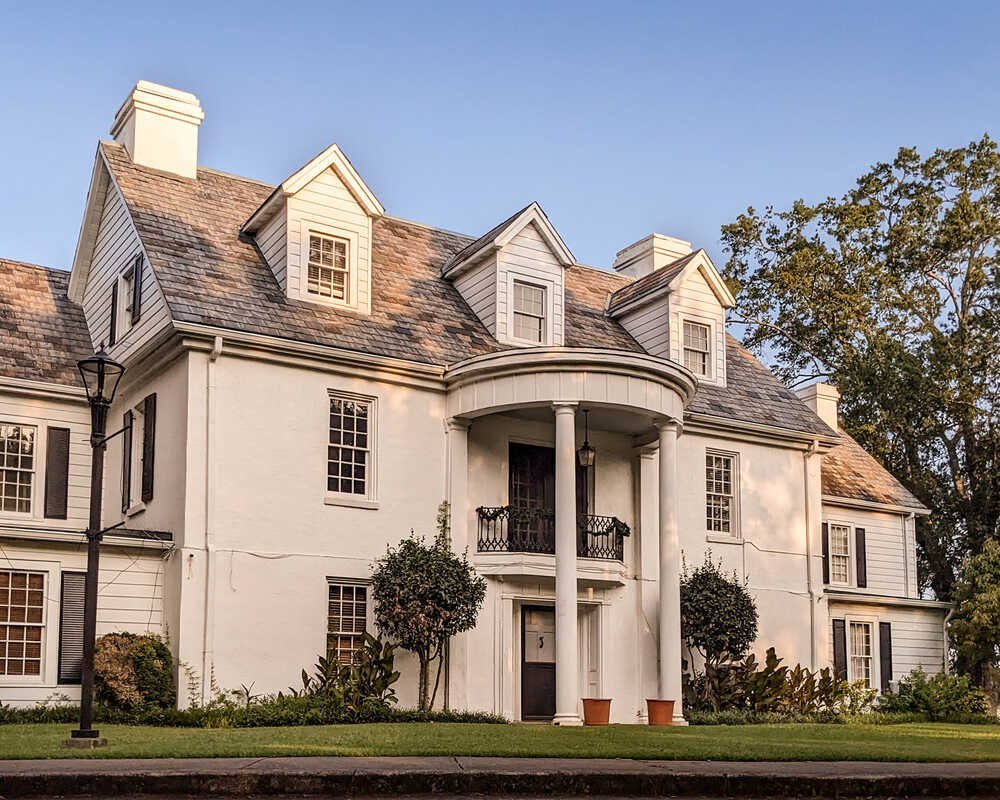 This beautiful Marietta home was built for John Campbell in 1852. The masonry structure was gutted during the Battle of Kennesaw Mountain in 1864, but was quickly restored and enlarged in the years following the Civil War. In 1952 the house was sold to Saint Joseph Catholic Church. Cobb Landmarks was distressed to learn that the church was considering demolishing the house. Today Cobb Landmarks met with John Schiavone of Catholic Construction Services. We had a good discussion and everyone at the meeting agreed that saving and repurposing the house deserved further exploration. This does not mean the house is saved. It does mean that repurposing the house will be seriously considered. We thank John for meeting with us and will continue to offer assistance however we can. Known locally as Campbell Hill or Sugar Hill, this beautiful home was originally built for John Campbell in 1852. The house itself was constructed of stone and the exterior walls are reportedly two feet thick. The masonry structure was gutted during the Battle of Kennesaw Mountain in 1864, but was quickly restored and enlarged in the years following the Civil War. The house and property were sold in 1938 and additions were built on both sides of the main house. In 1952 the house was sold to Saint Joseph Catholic Church. Through the years the house has served as a convent, Parish meeting space, and, most recently, a rectory.
This week Cobb Landmarks was distressed to learn that there are currently plans in place to demolish the house and construct a new rectory. We have contacted the office of the Archbishop requesting a meeting. We have not yet received a reply. We will keep the community informed as the situation unfolds. A car wash company recently submitted an application to develop property occupied by the historic McAfee House. The applicant has since withdrawn their zoning application. This means plans for a car wash are no longer moving forward at this time. We will continue to keep communication open with the listing agent as we have done since 2019. We are still committed to trying to save this house!
ABOUT THE McAFEE HOUSE: This historic central hallway cottage is located on Bells Ferry Road at the intersection of Ernest W Barrett Parkway in Marietta, Georgia. The house is constructed of heart pine wood timbers joined with wooden pegs. The house features original heart pine floors throughout (currently concealed under carpet) and heart pine plank walls and ceilings (currently concealed under paneling and sheetrock). This timber frame house was constructed c. 1840 for early Cobb County settlers Eliza and Robert McAfee. During the Civil War, the house was used as a headquarters for Union Brigadier General Kenner Garrard. The house was purportedly used as a field hospital following a skirmish near “McAfee’s Crossroads” on June 11, 1864 (blood stains are reported to be visible on the floorboards in an upstairs bedroom). The house is among the oldest remaining in the Atlanta area and is the last remaining pre-Civil War structure in the densely developed Town Center area of Cobb County. Juneteenth marks the end of slavery in the United States. Although the Emancipation Proclamation had declared “all persons held as slaves” would be “forever free” on January 1, 1863, it wasn’t until U.S. Major General Gordon Granger read General Order #3 at Ashton Villa in Galveston, Texas on June 19, 1865, that the last enslaved people in America were finally set free. Juneteenth, a combination of “June” and “nineteenth,” commemorates that day. In 1860 Marietta had 297 households and a population of approximately 2,600. Of the 297 households, 137 (46%) held slaves. The same census shows that there were four enslaved people at the William Root House property: two men and two women, ages 35 to 73. Recently discovered Root family papers and new research into public documents are helping to tell the story of the lives of these individuals. At the Root House Museum, an 1830s log cabin is used to help tell the stories of the enslaved individuals who labored at the Root House property and would have lived in a similar cabin. A garden sculpture erected next to the cabin is dedicated to the 1,200+ enslaved individuals living in Marietta prior to 1860 whose names were not recorded and are now lost to time. The William Root House Museum invites the community to learn about Juneteenth during a special event on June 10, 2023. The day will include guided museum tours, living history demonstrations, crafts, storytelling, and more. The museum is pleased to offer free admission during the event. WHAT: Juneteenth WHEN: June 10, 2023 10:00am-4:00pm WHERE: William Root House | 80 N Marietta Parkway, NW | Marietta, GA 30060 COST: FREE INFO: WilliamRootHouse.com ABOUT THE WILLIAM ROOT HOUSE: The Root House Museum is the first house museum in the U.S. to offer a fully self-guided touchscreen tour. One of the oldest homes in the Atlanta area, the Root House is more typical of its time and place than the columned mansions popularized by Gone With the Wind. While the home and grounds have been meticulously restored to their 1860 appearance, interactive electronic displays have been added to tell the story of the Root family and their enslaved house servants. |
Cobb LandmarksWe are committed to empowering our community with an understanding of the events, people, and places that formed our past, so that we may all strive for a brighter future. Won't you join us? Archives
May 2024
Categories
All
|
|
You must think preserving local history is important or you wouldn't be reading this!
Did you know we're a 501(c)(3) nonprofit organization? That means we rely 100% on financial support from businesses, foundations, and individuals - people just like you! If you support our mission to share the stories and preserve the places that form our community, please consider getting involved! |
NEWSLETTERSign up with your email address to receive discounts, event reminders, and preservation updates.
|
MOST Viewed Pages |
























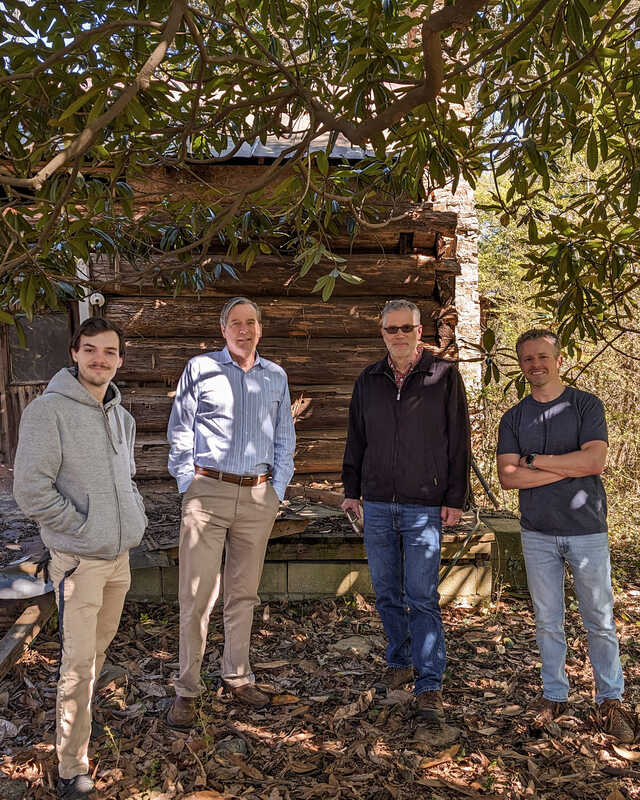
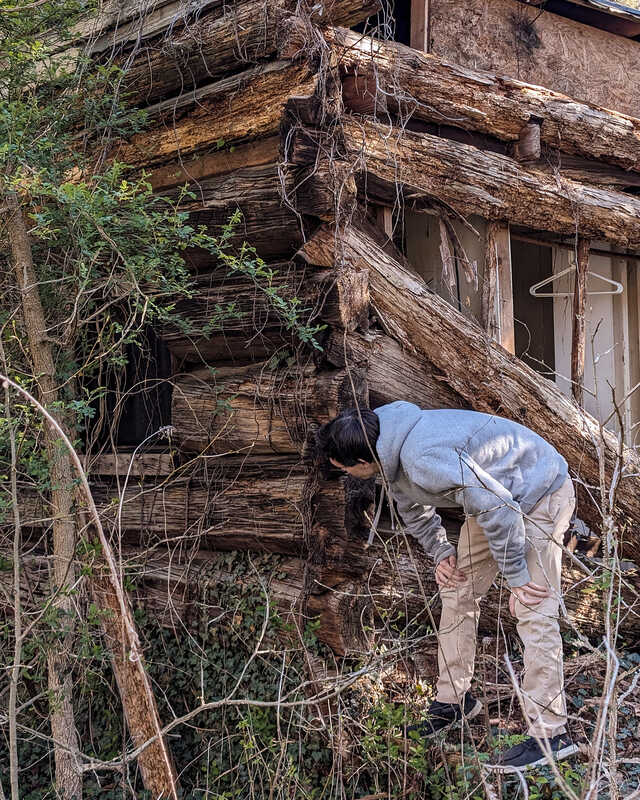
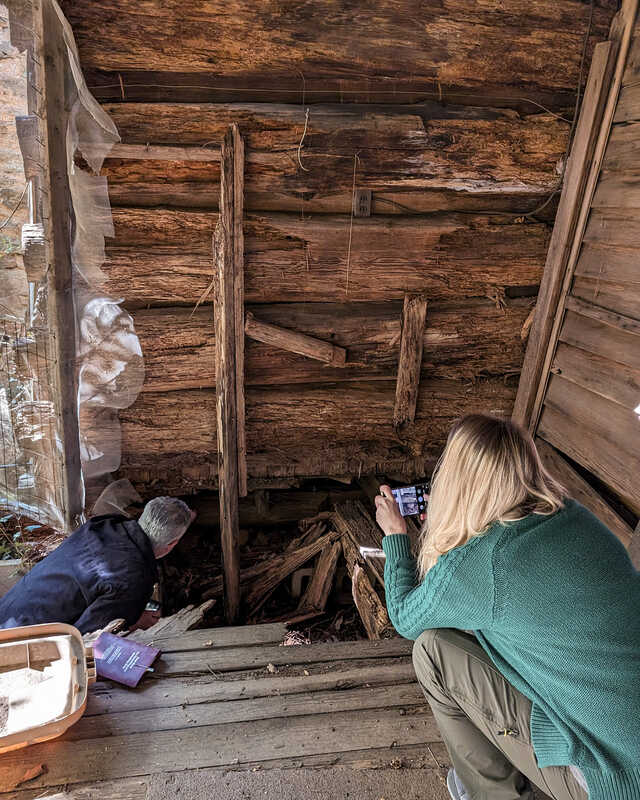
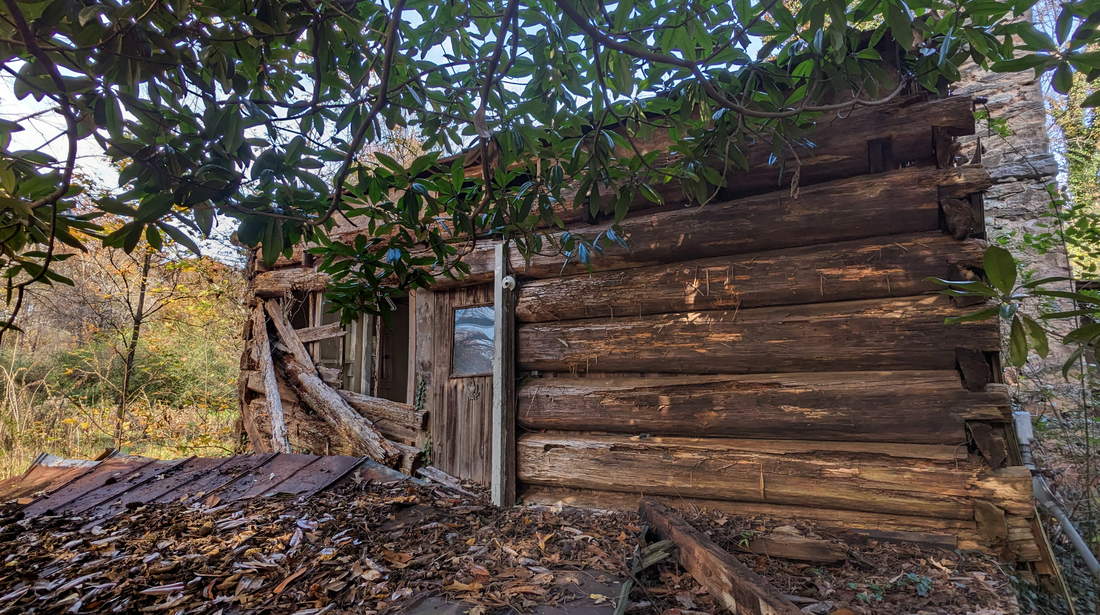
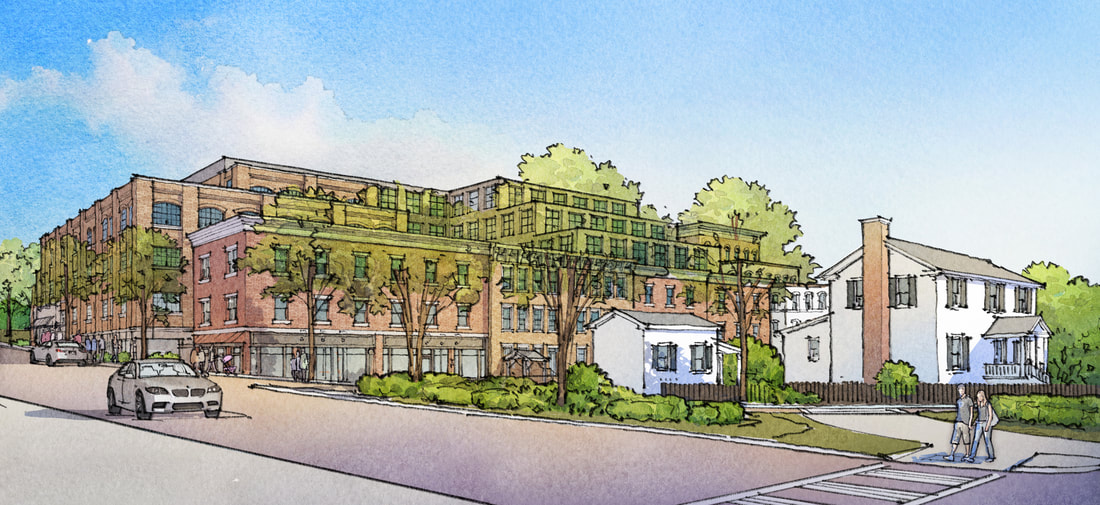
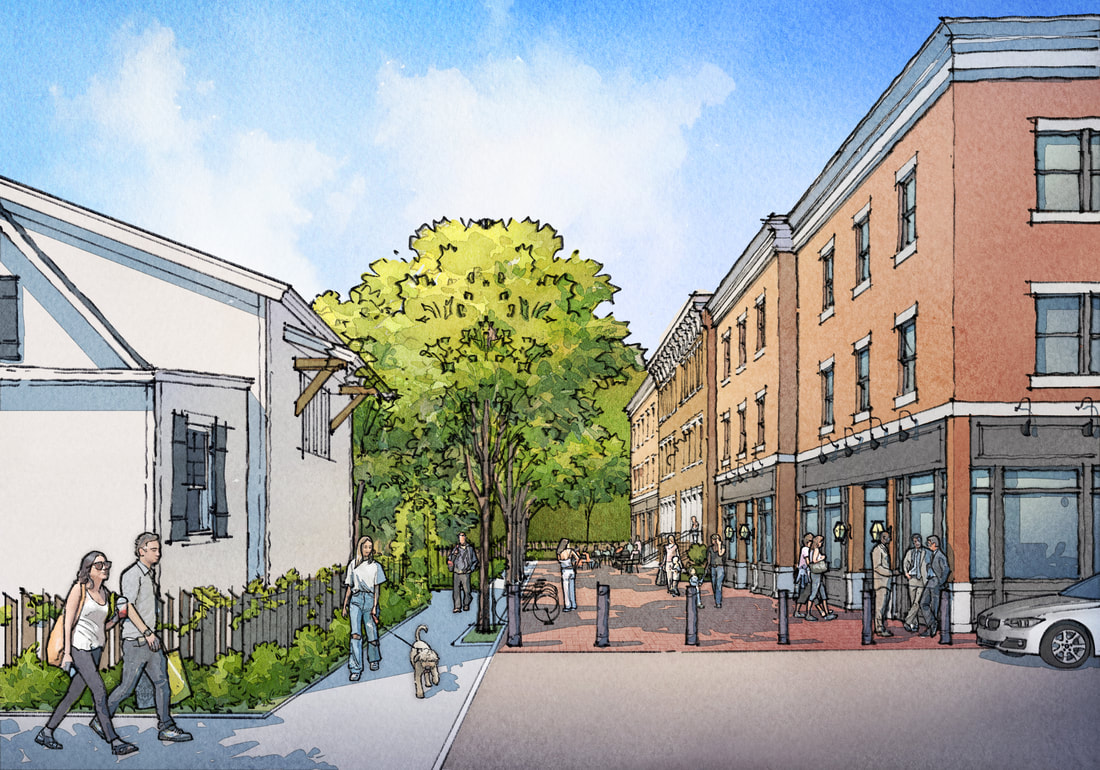
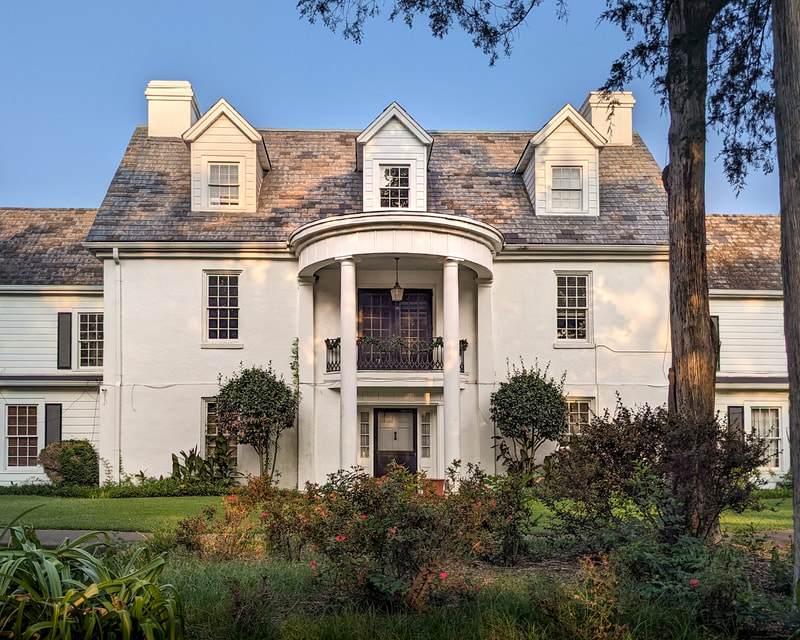
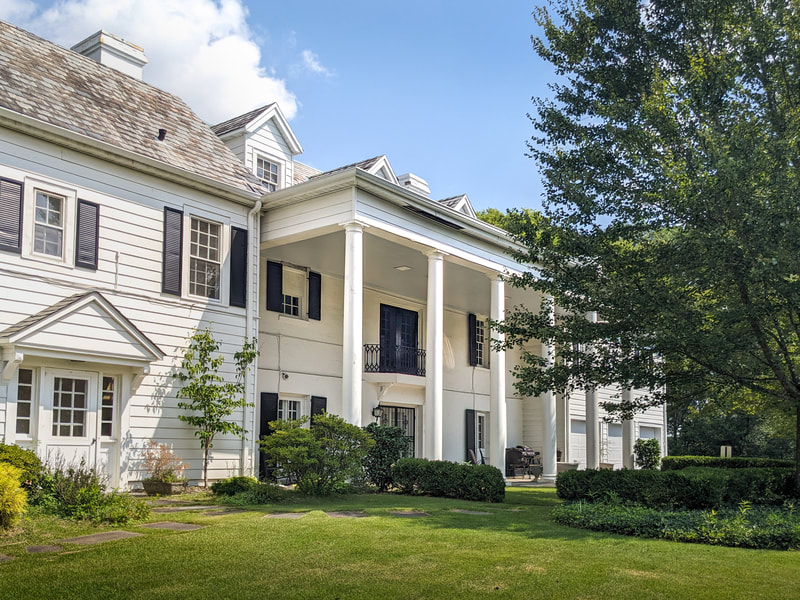
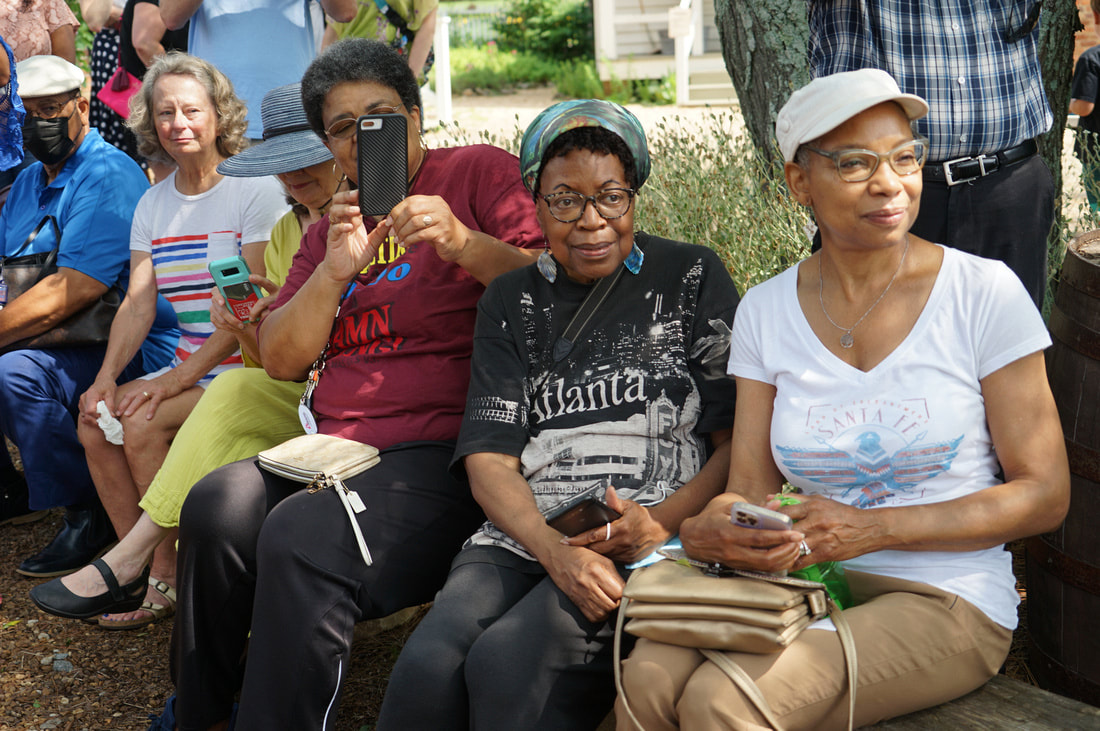
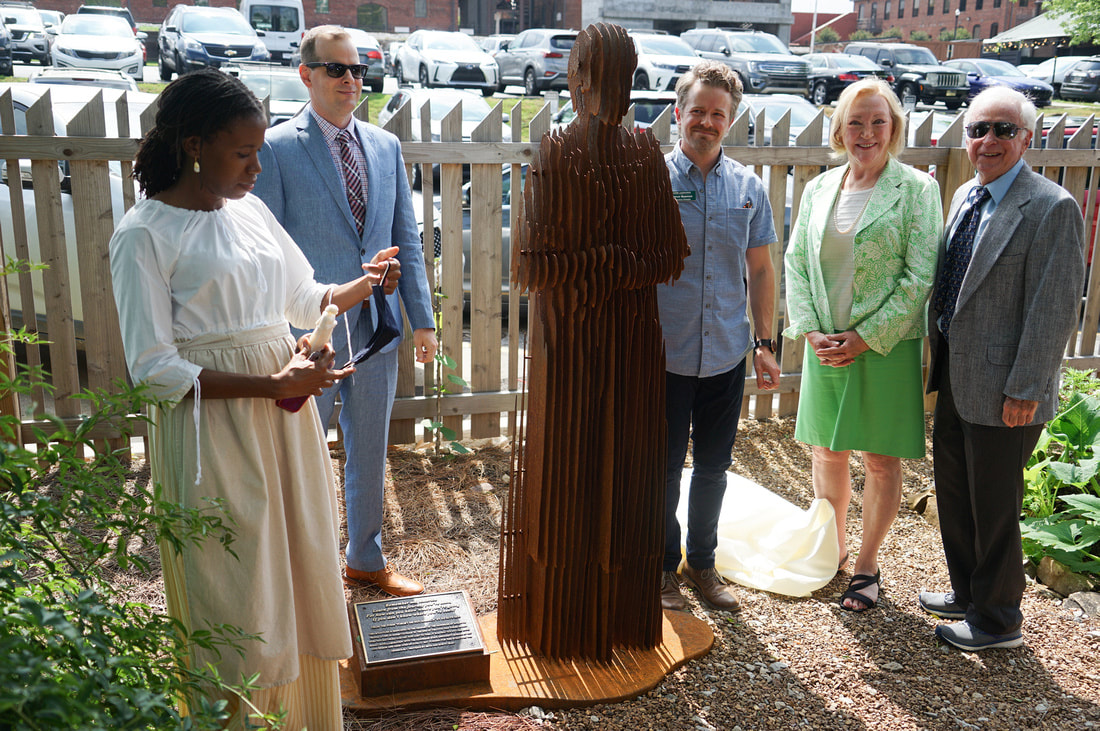
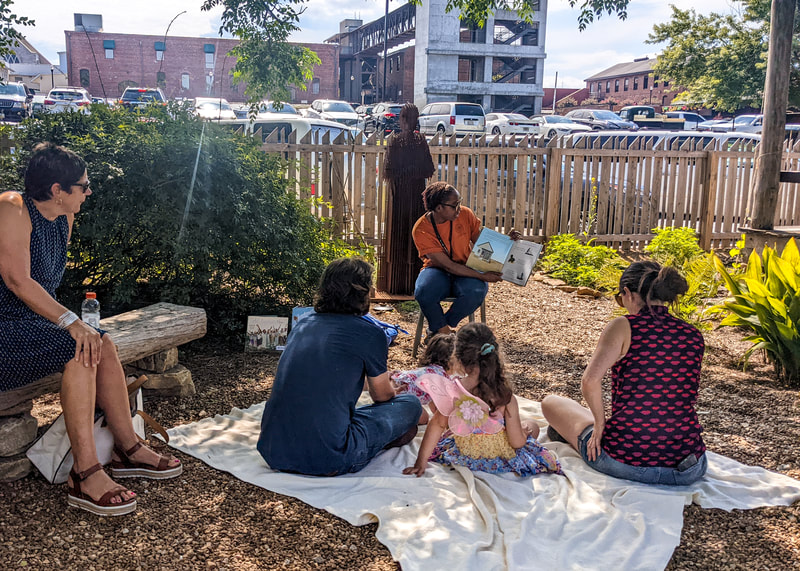
 RSS Feed
RSS Feed
